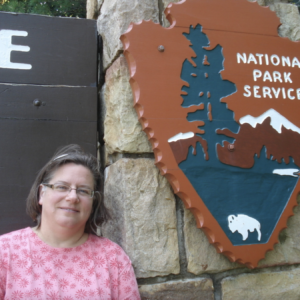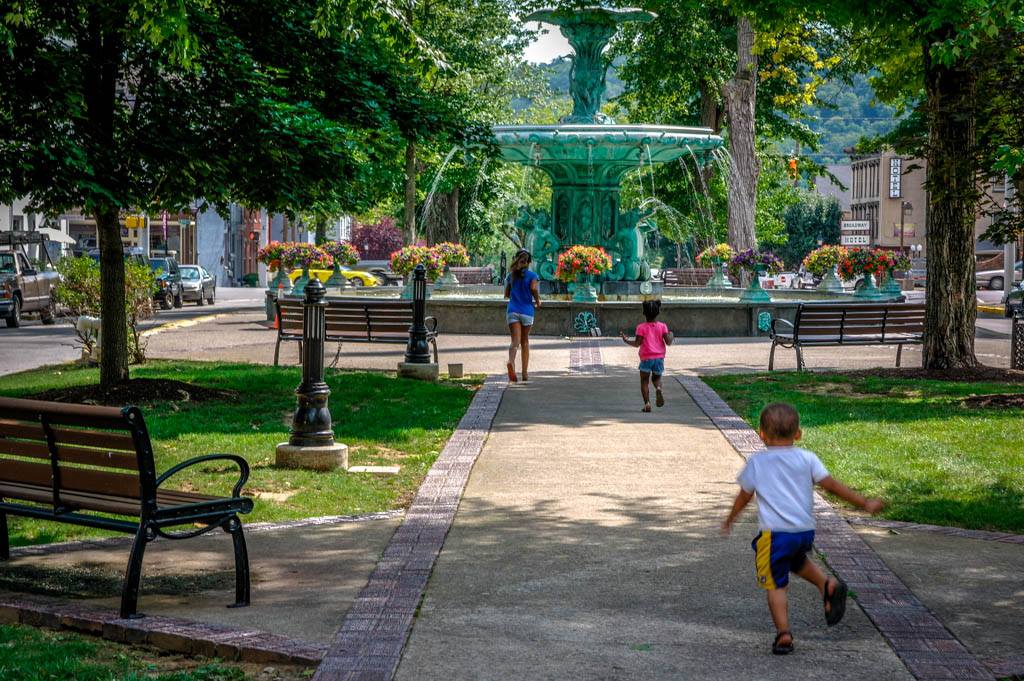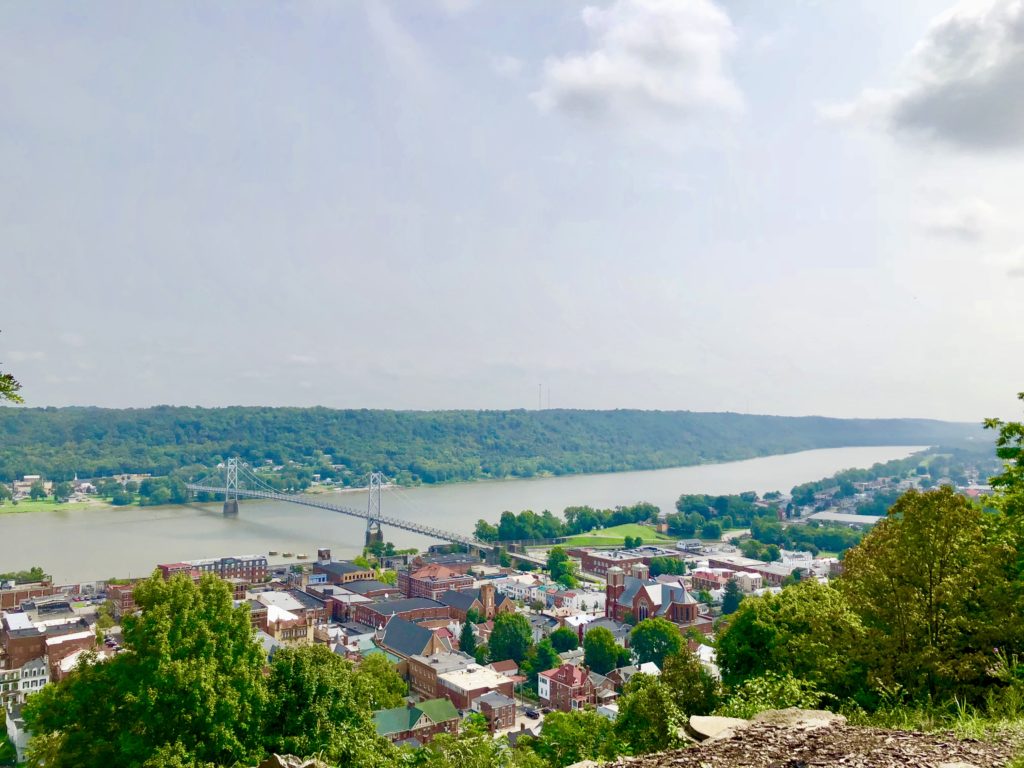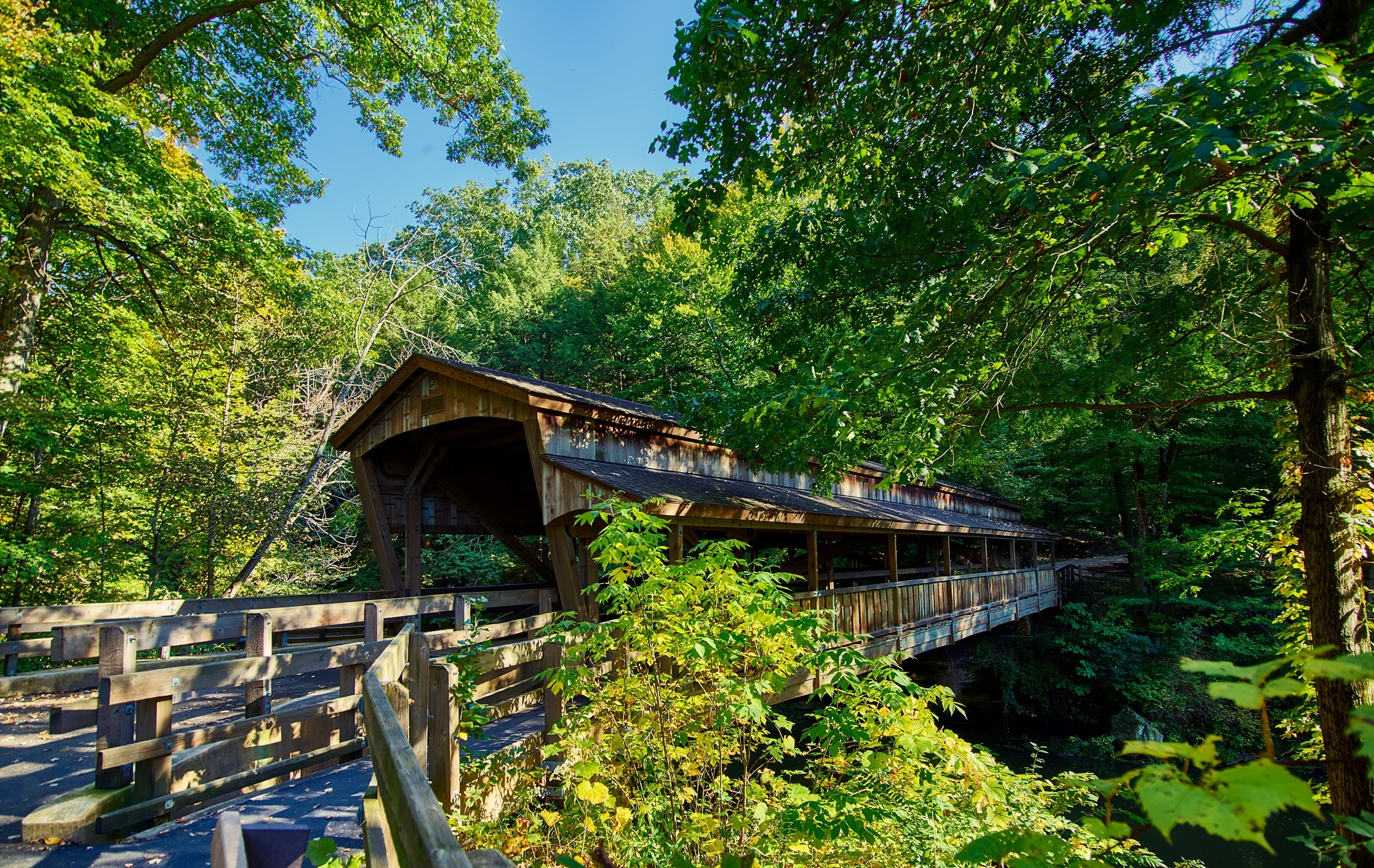While the Lewis and Clark National Historic Trail’s 2019 eastward expansion added 1,200 miles of historical significance to the trail, the newfound addition of an abundance of towns and communities has been just as important to the trail’s mission. Engaging partners and stakeholders is critical at this stage, which is why programs like the Rivertown Review are so important.
The addition of the Ohio River — which stretches from Pittsburgh out west to the confluence of the Mississippi River and then up north to St. Louis — to the trail has provided a vibrant boost of tourism and aid to the many towns along the river, largely through the Rivertown Review program.
This program, which provides tourism-based consulting work to towns along the Ohio River, is the result of an exciting collaboration of three agencies: the Lewis and Clark National Historic Trail/NPS (LCNHT), the Ohio River Recreation Trail (ORRT), and the Rivers, Trails, and Conservation Assistance Program/NPS (RTCA).
At the forefront of the RTCA’s Rivertown Review program efforts is Andrea Irland, an outdoor recreation planner and conservation specialist for the National Park Service (NPS). For Irland, the Rivertown Reviews is an extension of the second arm of the park service, which works with partners to extend natural and cultural resources.
“We are so important to the mission of the Park Service,” Irland said. “Everybody always thinks of the parks, but we’re doing part of the overall mission, too.”
to the mission of the Park Service,” Irland said. “Everybody always thinks of the parks, but we’re doing part of the overall mission, too.”
The way a Rivertown Review project works is very similar to a consulting engagement. Experts from the NPS and ORRT meet with community members, survey and explore towns, and, in the end, make recommendations for improvements and additions.
One of the most valuable pieces of this process is the set of “fresh eyes” on communities along the trail. Oftentimes, towns will have beautiful waterfront vistas or vibrant downtown areas, but just aren’t properly harvesting their assets for tourism. The Rivertown Review program is trying to change that.
For Irland, the list of ways the program helps communities goes on and on.
“It’s helping them look at things through a different perspective…we help with plans, we do community engagement, we help to cast visions, we provide information or resources,” she said. “We don’t provide money, but we provide the experience that we have.”
Oftentimes, Irland said, opportunity is right there for the taking for these communities. They might have a big plot of land ripe for camping or a perfect spot for a new sign showing off the downtown area — but sometimes it takes an outsider to come in and make these suggestions.
There’s also a pride factor that comes along with the NPS taking an outside look at a smaller community. When a government organization with such prestige is boasting how cool your town is, it can be helpful and rejuvenating.
This couldn’t be truer than for a town called Madison, Indiana. Austin Sims, executive director of the Madison Main Street Program, has been impressed with the new energy and knowledge the folks working with the Rivertown Review program have provided.
“We had a really great buy-in from the community when they did the community portion of their survey,” Sims said. “I think every single person I invited ended up attending that day on Zoom, which was awesome. There were even a couple that couldn’t be there and attended the next day in Maysville.”

These community surveys that Sims mentions are a big part of the program in general. Local folks can come in and suggest ideas for opportunities they see in their town, which can help make powerful changes when combined with efforts from experts at the NPS and ORRT.
A part of this community review session is a SWOT analysis, which aims to identify the strengths, weaknesses, opportunities, and threats of a town. Who better can provide input here than someone who’s lived in the town their whole life? Sims, although now working in a town administrative role, is a native of Madison as well. Since enrolling in the Rivertown Review program, she’s seen the community and its partners come together in ways it hasn’t before. “The surveys have brought us all together to work more on how we can help and impact each other,” Sims said. “Because we all want the same thing.”
A bit up the Ohio River sits Maysville, Kentucky, which is another town that’s been involved in the Rivertown Review program.

Lacey Holleran, Maysville’s tourism director, has seen a similar positive impact reached by bringing the community together. Discussing common goals for the town can open up lots of opportunities. “The conversations and the direction and just seeing how many people were oriented towards one idea…the energy from that I felt overall was so positive,” Holleran said. Maysville has already put in for a new grant to help extend the town’s riverwalk, which will hopefully connect its park, boat launch, and campground that already exist. Holleran has also already seen new opportunities for expansion projects like bike routes in town — and this is all before the ORRT and NPS have even sent the final report over yet.
This is a common theme among communities involved in the Rivertown Review. While the final deliverable with official recommendations and data is important and incredibly helpful, the new relationships formed between town residents, officials, and NPS/ORRT representatives are arguably a bigger piece of the puzzle. “The most tangible piece is that report,” Irland said. “I think even more valuable than that is the fact that — our tagline is ‘promoting recreation and connecting communities’ — the most important thing is that the town is interested in doing this, and we help them to see the value.”
Holleran said she “definitely agrees” with this notion. Even the small tips and notes along the way have been beneficial for Maysville before the report came in. “I’ve just been extremely pleased with the feedback,” she said. After two years of action, the Rivertown Review program is set to wind down this spring as the RTCA moves on to new projects. This means the program was conceived, was run, and will close its doors all amidst the COVID-19 pandemic.
While the pandemic has created a myriad of challenges and shut down in-person NPS site visits, there have been some silver linings. Post-It notes and whiteboards have turned into Zoom breakout rooms and PowerPoints. But, the easy inter-connectivity has been a benefit. “It’s been beneficial to us in a way, because it’s really hard to get people together along a 270-mile stretch for any amount of time,” Irland said. “We’ve really made the pivot and embraced it, and we think it’s been very successful. We’ve surprised ourselves.”
While curtains will close on the actual Rivertown Review program soon, the spirit of its mission is only beginning to be spread. The ORRT is blossoming with help from the NPS, and spin-off projects are in the works. Communities are improving with their new reports in hand, and folks are working together more than ever across the Midwest. And at the end, it all comes back to the Lewis and Clark National Historic Trail. The same path the Corps of Discovery traveled all those years ago is flourishing with help from folks who believe in the same ideals Lewis and Clark helped establish. We look forward to promoting more programs like the Rivertown Review.

